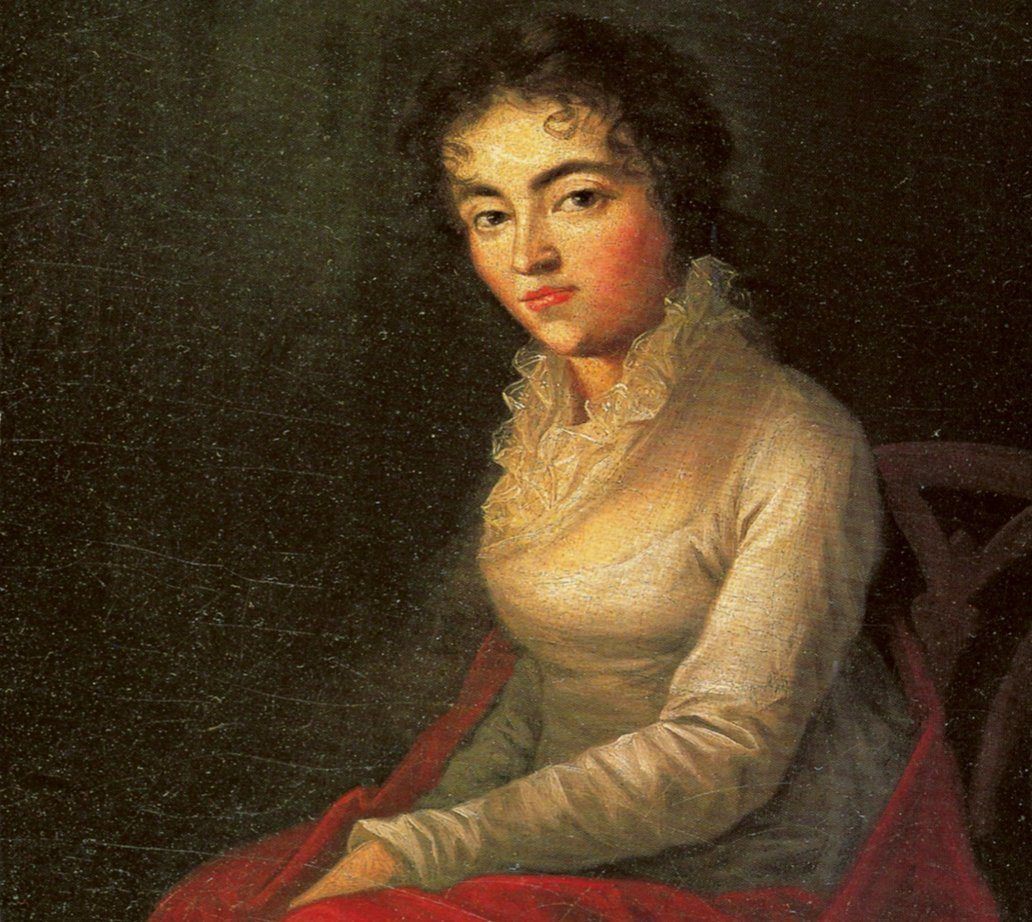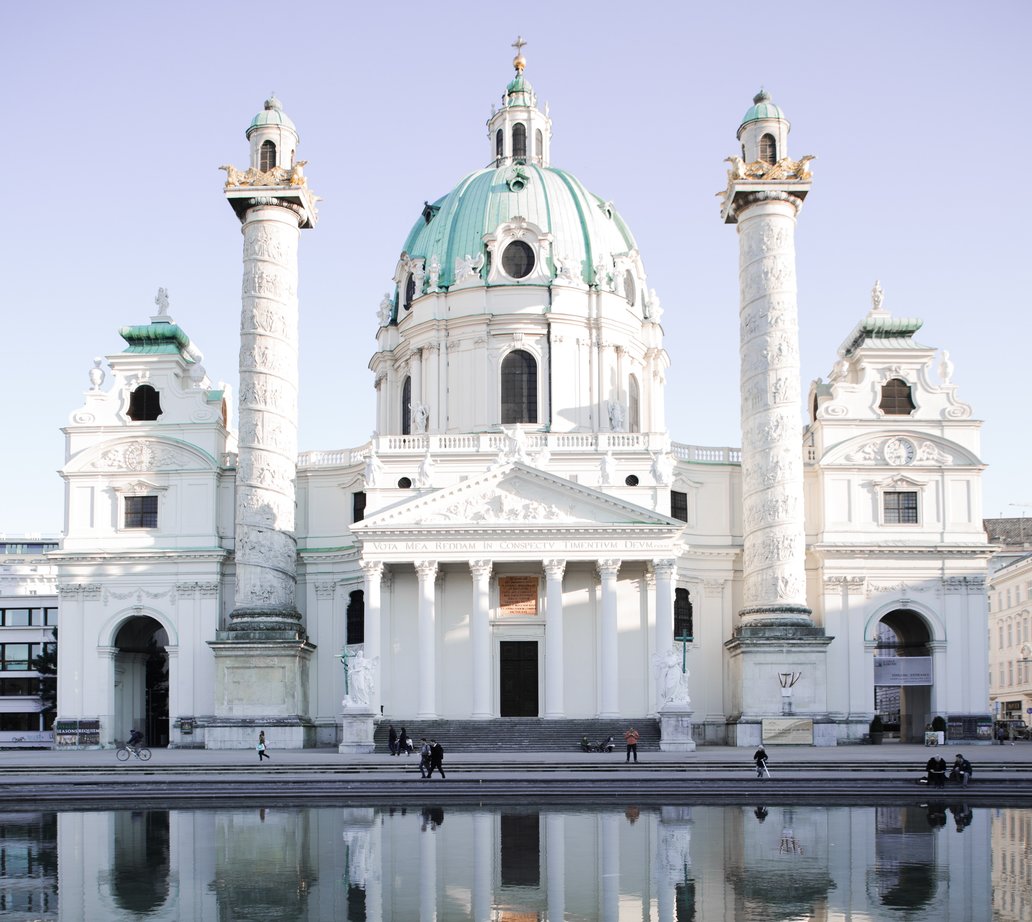The History of Mozart’s Requiem

Mozart’s infamous Requiem in D minor is a masterpiece shrouded in mystery, making it all the more fascinating, compelling and emotionally stirring. The story of the creation of the work involves a shady commission, numerous composers and a blanket of deceit, purely in the interest of financial gain. It all began in July 1791, when a stranger turned up at Mozart’s door with a slightly odd request.
The commission of Mozart’s Requiem
On this early summer’s day, a man described as an “unknown grey stranger” appeared, claiming to represent a man of great importance who requested a Requiem from Mozart. One of the requirements was that Mozart must not attempt to uncover the identity of the person making the request.
Intrigued by the rules surrounding the commission, Mozart obsessively threw himself into the piece and worked on almost nothing else for several months. However, by this time, his health was deteriorating and he was unable to finish what he started. Mozart wasn’t sound of mind when he received the commission and believed he’d been cursed to write the piece as a swansong because he knew he would shortly die.
When the remarkable composer died aged 35 on December 5th, 1791, he had only succeeded in completing the Requiem and Kyrie movements in full. He left basic sketches covering the voice parts and bass lines to be performed during the Dies Irae through to the Hostias, but the entire piece was nowhere near completed.

Joseph Lange [Public domain]
Constanze’s money worries
To encourage Mozart to complete the work, the messenger gave him half the fee before he began, with a promise to make the remaining payment after the work was delivered. This agreement left Constanze, Mozart’s wife, with a big problem.
She was worried that if she handed over solely the work her husband had completed before his death, she wouldn’t receive the final payment and the commissioner might even request the initial payment to be refunded. She was struggling to make ends meet as it was and decided to ask other talented composers to finish what Mozart started in secret. Her plan was to deliver the finished work and claim Mozart had completed it before he died so should could collect the outstanding payment.
Completion by contemporary composers
The first composer Constanze asked to help was Joseph von Eybler. He orchestrated the music following the Kyre, but was unable to do any more and returned the unfinished Requiem to Constanze. Upon his advice, Mozart’s widow handed the work-in-progress to Franz Xaver Süssmayr, one of Mozart’s previous pupils who held a lot of knowledge about how the master composer originally intended to finish the piece.
Süssmayr borrowed a large chunk of Eybler’s work while completing the Requiem, although he also added his own orchestration to the movements following Kyrie, completed the Lacrymosa and added the signature pieces required of a Requiem, namely Sanctus, Benedictus and Agnus Dei. He completed his work by including the final section, Lux aeterna, by carefully adapting the two original opening movements written by Mozart to different words.
According to both Constanze and Süssmayr, this is how Mozart had planned to finish the Requiem. However, some critics argue that this is unlikely to be the case and Mozart would never have repeated the two opening sections if he’d survived long enough to finish the work himself.
Süssmayr rewrote the entire Requiem in his own hand, in order to make it more difficult to tell that it had been pieced together by various composers, and delivered it himself to the messenger who had requested it. To make the work as convincing as possible, Mozart’s forged signature was added, along with the date of 1792.
Constanze’s promotion of the Requiem
For Constanze to continue to receive money from the Requiem after its delivery, it was important that the general public continued to believe that it was Mozart and Mozart alone who composed it. This way it would generate much higher levels of income from the public and publishers, compared to if it was general knowledge that it was completed by several composers.
In order to do this, Constanze made up many stories surrounding the creation of the piece. And due to lack of detailed records, it’s almost impossible to tell fiction from fact. She claimed that during his last days, Mozart was convinced he had been poisoned and was composing the Requiem for himself. He was so determined to complete his work that during his final hours, he was relaying all his plans to his assistant, so he could finish it exactly as Mozart intended.
The man behind the commission
When Mozart’s Requiem in D minor was completed in 1792, it was delivered to Count Franz von Walsegg. He was the man who originally commissioned the piece to form part of a Requiem service in commemoration of the anniversary of his wife’s death. It’s likely that Walsegg fully intended to pass the work off as his own, since he was a mere amateur chamber musician who regularly commissioned work by talented composers and then claimed them to be his own. Constanze struggled with Walsegg for 12 whole months before he finally gave in and acknowledged Mozart as the true composer of Requiem in D minor.
Regardless of the composers behind the Requiem in D minor and how much Mozart was involved, it’s still a wonderful, emotionally-evocative piece that countless people around the world enjoy just as much today as when it was first performed centuries ago.

Mozart’s Requiem in St. Charles Church
If the intriguing mystery surrounding Mozart’s Requiem in D minor has piqued your interest, consider seeing the performance yourself in St. Charles Church, Vienna. During the spectacular performance you’ll be treated to the incredible sounds of Mozart’s final opus performed by over 40 skilled musicians in one of Austria’s most significant and impressive buildings. The spectacle is based on the Requiem’s 1756 world premier and features the authentic sounds of historically-accurate instruments beautifully played by the Orchestra 1756.







